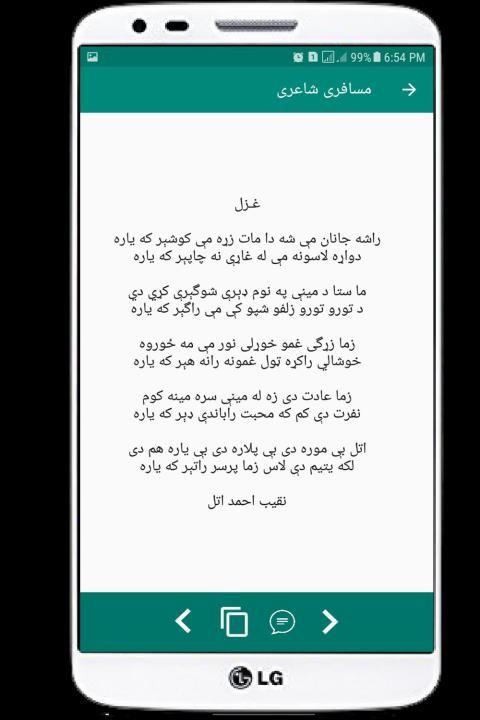

She also contributed her voice to All India Radio's musical programs. Later, her elder sister played a significant role teaching her singing.

Zareen started her singing career in 1948 with a Radio station at the age of seven where she used to sang songs in regional languages such as Pashto, Punjabi, Hindko, Urdu, Seraiki, and Persian. During her childhood, she used to sung songs that became prominent ones in her native area and in Federally Administered Tribal Areas (FATA). She learnt Pashto music and ghazal singing from Pashto artists such as Gul Pazir Khan and Ghulam Fareed Khan. It is also believed that she never saw her father. Her father, Ustad Abdur Rahim Khan was a musician who taught her basics of music. Before she was born, her family was originally belonged to Calcutta (now Kolkata), India, later they moved to Peshawar, Pakistan following the partition of India. Gray's The Green Sea of Heaven, which offers fifty ghazals by Hafiz, provides a reliable literal translation of the Persian master, at the expense of form.Zareen was born in 1942 at Kalpanay, Par Hoti, Mardan of Khyber Pakhtunkhwa. Merwin, worked with a literal translation of Ghalib's Urdu ghazals to render their own versions in English. Aijaz Ahmad's Ghazals of Ghalib Versions from the Urdu, provides a fascinating look at how various poets, including Adrienne Rich, William Stafford, William Hunt, David Ray, and W.S. The task is daunting, as keeping the literal meaning of each poem while respecting the rhyme, refrain, and length of lines is difficult, if not impossible. Numerous scholars and poets have attempted to translate ghazals from their original language to English. The sound I make is sympathy's: sad dogs are tied afar. Two pronouns and a vehicle was Icarus with wings. Too volatile, am I? too voluble? too much a word-person? McHugh's "Ghazal of the Better-Unbegun" is a good example of the form, as it respects the autonomy of the couplets, the length of lines, as well as the rhyme-refrain scheme established in the opening couplet. American poets, including John Hollander, Maxine Kumin, Heather McHugh, and W.

To carve a place for the traditional form of the ghazal in American literature, Ali put together the anthology Ravishing DisUnities: Real Ghazals in English in 2000, for which he collected more than 100 ghazals, some more faithful to the traditional form than others. Where was I? Drinks were on the house.įor mixers, my love, you'd poured-what?-even the rain. "our glosses / wanting in this world" "Can you remember?"Īnyone! "when we thought / the poets taught" even theĪfter we died-That was it!-God left us in the dark.Īnd as we forgot the dark, we forgot even the rain.ĭrought was over. What will suffice for a true-love knot? Even the rain?īut he has bought grief's lottery, bought even the rain. Ali compared each ghazal couplet to "a stone from a necklace," which should continue to "shine in that vivid isolation." Ali's ghazal "Even the Rain" is excerpted here: However, it was the poet Agha Shahid Ali who introduced it, in its classical form, to Americans. Indian musicians such as Ravi Shankar and Begum Akhtar popularized the ghazal in the English-speaking world during the 1960s. The German poet and philosopher Goethe experimented with the form, as did the Spanish poet Federico Garcia Lorca. Other languages that adopted the ghazal include Hindi, Pashto, Turkish, and Hebrew. Among these poets, Ghalib is the recognized master. In the eighteenth-century, the ghazal was used by poets writing in Urdu, a mix of the medieval languages of Northern India, including Persian. The form has roots in seventh-century Arabia, and gained prominence in the thirteenth- and fourteenth-century thanks to such Persian poets as Rumi and Hafiz. Traditionally invoking melancholy, love, longing, and metaphysical questions, ghazals are often sung by Iranian, Indian, and Pakistani musicians. The final couplet usually includes the poet's signature, referring to the author in the first or third person, and frequently including the poet's own name or a derivation of its meaning. Subsequent couplets pick up the same scheme in the second line only, repeating the refrain and rhyming the second line with both lines of the first stanza. The first couplet introduces a scheme, made up of a rhyme followed by a refrain. Each line of the poem must be of the same length, though meter is not imposed in English.

The ghazal is composed of a minimum of five couplets-and typically no more than fifteen-that are structurally, thematically, and emotionally autonomous.


 0 kommentar(er)
0 kommentar(er)
